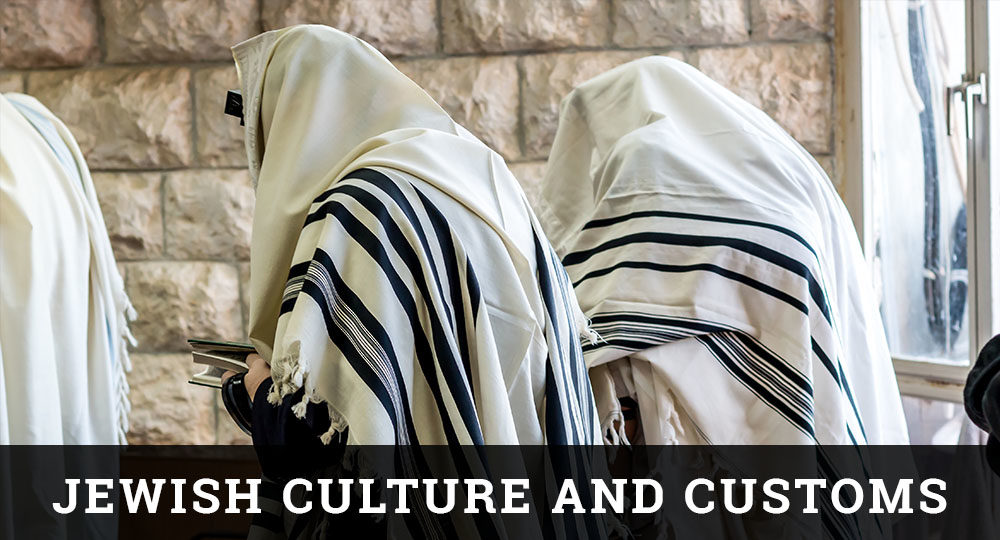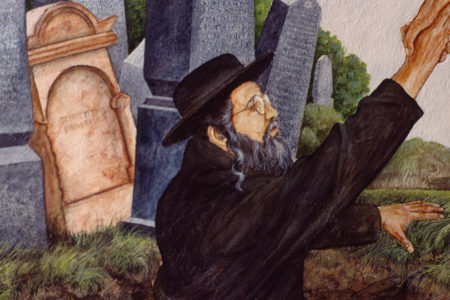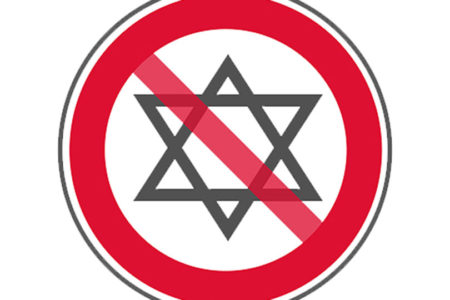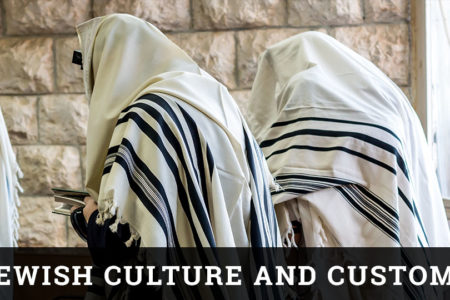Brit Milah
With this issue we begin a new series by FOI Midwestern States Director Steve Herzig. Steve’s background in Orthodox Judaism makes him well qualified to bring insights into Jewish Religious and cultural life that will enrich your understanding of your Jewish friends.
—The Editor
The birth of a boy into a Jewish family is cause for great joy and celebration (simcha). On the eighth day after his birth, a ceremony takes place that unites him with all other Jewish males in a bond of commitment to the God of Israel. It is a rite of passage so important that, if not obeyed, is seen as a rejection of Judaism itself. Called the covenant of circumcision (Brit Milah), it is the physical removal of the foreskin. This covenant is the oldest of Jewish rites, and its inception dates back to the time when God gave it to Abraham (Gen. 17:9–14).
Specified in the covenant are several requirements made to Abraham and his future seed. First, a sign was needed as proof that a promise was made: “and it shall be a sign of the covenant between me and you” (v. 11). Second, the sign was given to every male child who reached a specific age: “And he that is eight days old shall be circumcised among you” (v. 12). Third, it involved all future offspring of Abraham: “Thou shalt keep my covenant … and thy seed after thee in their generations” (v. 9). Fourth, an uncircumcised child would be alienated from his people: “the uncircumcised male child whose flesh of his foreskin is not circumcised, that soul shall be cut off from his people; he hath broken my covenant” (v. 14). Finally, the covenant was to be eternal: “my covenant shall be in your flesh for an everlasting covenant” (v. 13).
Over the centuries, a body of Jewish tradition has developed around the rite of Brit. It is assumed that Adam, created in perfect fellowship with God, was made without a foreskin. Others say Abraham was circumcised on the 10th day of the month of Tishri and, later in history, that date was ordained by God to be the Day of Atonement. On that day, sin, the cause of division between God and man, was to be deals wish. Still another tradition practiced by many today involves placing an empty chair at the ceremony to await the spirit of Elijah who, according to the Talmudic interpretation of 1 Kings 19:10, attends and witnesses every circumcision.
Although Jewish liturgy is amazingly diverse in its celebration of the Brit, there are many unifying factors. First, as in the days of Abraham, a Brit is performed on the eighth day after birth. A baby born on the Sabbath (Saturday) is circumcised the following Sabbath. The only thing that can prevent a Brit being performed on the eighth day is the ill health of the baby. Second, fathers today have the same responsibility to circumcise their sons as did Abraham of old. But, rather than perform the surgery themselves, fathers today often use the services of a Mohel, who is specially trained in the surgical procedure and has a thorough knowledge of the Jewish law regarding circumcision.
During the ceremony, the baby is held by a person of honor, called the Sandek, who is chosen by the father. If called for, the Sandek may serve as the child’s godfather. The ceremony is brief and often includes many family members, although the primary participants are the baby, his father, the Mohel, and the Sandek. A blessing is given as the baby is brought in, and prayers are recited by the Mohel, the Sandek, and the father. The Sandek continues to hold the baby as he is given his formal Hebrew name. After the surgery is completed, the blessing over the wine (kiddush) is recited. Also, the Mohel usually places gauze soaked in wine in the baby’s mouth as an anesthetic. All prayers recited during the ceremony are directed to the “King of the universe,” with the desire that the child be obedient, love the Torah, be fruitful, and do good deeds.
Many medical facts attest to the advantages of circumcision for cleanliness and lowered cancer rates. Medical science has also demonstrated that the eighth day after birth is a prime time for the clotting of blood. But despite these practical reasons, the basis for the Brit is to carry out the command of God in the covenant He made with Abraham to set aside a people for Himself.
Moses used the covenant of circumcision to illustrate what God must do for every person who desires to have a relationship with Him: “And the Lᴏʀᴅ thy God will circumcise thine heart, and the heart of thy seed, to love the Lᴏʀᴅ thy God with all thine heart, and with all thy soul, that thou mayest live” (Dt. 30:6). Physical circumcision does not guarantee a good relationship with God. Moses said that in order to love God, God must perform spiritual surgery on the heart. Our heavenly Father does the work of a Mohel and performs spiritual surgery on the heart of every believer. When a person places his trust in Jesus Christ, he is circumcised “with the circumcision made without hands, in putting off the body of the sins of the flesh by the circumcision of Christ” (Col. 2:11).








